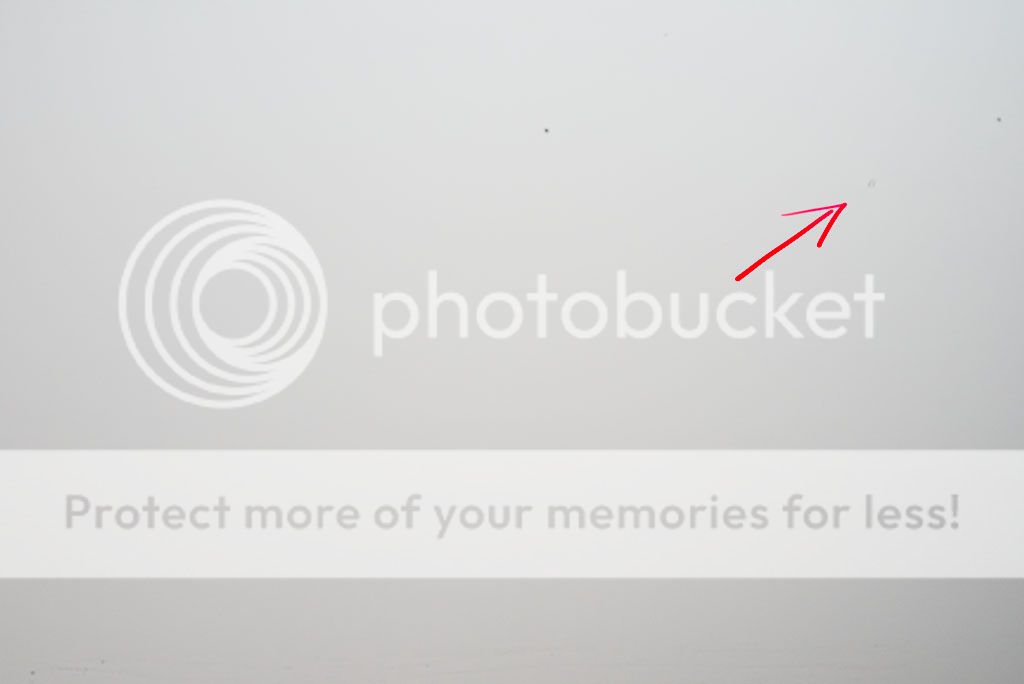Let me clear all this up. Speaking as an expert with more than 30 years experience in this field, I'm not one, but I can put on the posh BBC voice. When you take a picture of, say, your lady friend, and you get your pictures back from the chemist, your lady friend is, as you'd expect, the right way up. But what you may not realise is that, in the camera, the picture is actually, what we, scientists call, arse backwards. Now, to the untrained eye, this may all sound unbelievable. But it is actually true. So when the chemist develops your pictures, they are in fact upside down and backwards. But here comes the trick that you probably didn't realise. When he hands the pictures to you, he turns them the other way up! Amazing, I know. Dashed clever those chemists.
Anyway, how does it work for digital pictures, I hear you ask. You can't turn you PC screen upside down can you? And this is where those cunning Japanese boffins are one step ahead of you. When they actually assemble the cameras, the sensor, or "magic eye" of your camera if you will, now pay attention to this bit, is put in.. upside down! Brilliant! Yet so simple.





